As your head turns to glance through a door way your gaze is drawn into the distance. Beyond the darkness of the passageway light tumbles through a side window and outlines a figure at work, as your eyes adjust to the contrast you see a woman in apron 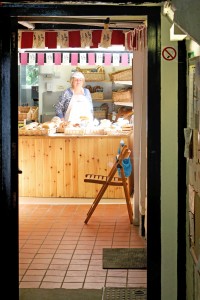 and cap placing items into baskets on a counter. Just at that moment your brain registers what your nose has been trying to alert you to, the delicious aroma of freshly baked bread and then you find your feet taking you on a journey of discovery, one that somehow seems to epitomise rural Kent life.
and cap placing items into baskets on a counter. Just at that moment your brain registers what your nose has been trying to alert you to, the delicious aroma of freshly baked bread and then you find your feet taking you on a journey of discovery, one that somehow seems to epitomise rural Kent life.
It’s moments like these that make life seem so special, moments that make you appreciate how lucky the residents of certain towns and villages really are and were; though sadly the bakery is no longer there, family run businesses are still part of this community.
We’re in the Kent Downs Area of Outstanding Natural Beauty, in a small town that seems to encapsulate all the elements that make Kent so special as a county, The Garden of England.
Wandering around on foot you can’t help but marvel at the architecture, here is a town that on the outside seems to have changed very little through the centuries and tile hung elevations snuggle up against timbered facades, little passageways and lanes appear out of nowhere. Greens open up and give glimpses of the Kent Downs that provide a backdrop to the rooftops and provide views that rival any beauty spot in Britain. No jagged spikes rising high up here but calmly rolling countryside that seems soft and welcoming, a calming green backdrop that wants to somehow cuddle you and relax you. It’s very easy to feel the hustle and bustle of cities just slipping away and that’s probably why the small town proves os popular. Marcus Crouch in his 1966 book ‘Kent’ aptly wrote, ‘It is a highly individual place, and has resisted the temptation, so common in this age of conformity, to look like every other place.’
Living here you have most things you need in life. Step out of your front door and you don’t have far to go to the butchers, the wholefood shop or general store in the form of a Co-Op. There are a choice of restaurants, some very well-known pubs and of course you can walk to a railway station that connects you to Ashford from whence London and Paris are easy targets or to the beautiful City of Canterbury.
For those who love to ramble there are glorious walks to enjoy in an area that seems to have forgotten that Kent is often criticised of being over developed. On some journeys through the country lanes you can be forgiven for thinking that no other cars are allowed on the road other than yours.
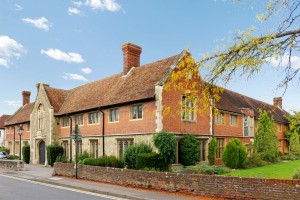 This little town has a long history which arguably becomes more conspicuous from 1380 as the area where John Kempe, once Archbishop of Canterbury, was born. He founded a college of priests which became a grammar school around the 1500’s and at the turn of the twentieth century the home for a college of the University of London, an area many will remember as Imperial College Wye, the Agricultural College.
This little town has a long history which arguably becomes more conspicuous from 1380 as the area where John Kempe, once Archbishop of Canterbury, was born. He founded a college of priests which became a grammar school around the 1500’s and at the turn of the twentieth century the home for a college of the University of London, an area many will remember as Imperial College Wye, the Agricultural College.
The college closed in 2009 and the buildings are re purposed. From that a new school has arisen.
One particular place in the town deserves a moment of your contemplation for if ever a building could caricature that saying, ‘if you get knocked down, just get straight back up again’ then the Church is a worthy candidate. On the 20th day of July 1572 the steeple 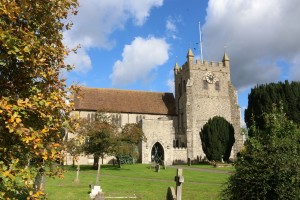 was fired by lightning and works carried on for twenty years, the damage apparently involved the belfry, chancel and part of the south transept; this however was not the only time the proud church took a knock.
was fired by lightning and works carried on for twenty years, the damage apparently involved the belfry, chancel and part of the south transept; this however was not the only time the proud church took a knock.
The lightning strike also caused the need for new church bells and that in itself appears to have been a long battle with castings made by three different foundries. An entry in the old book of Wye tells of ‘received of Kempe the Bell-founder in recompense for “his untunable casting of the third bell .. £5 13s. 4d.”, at one point G E Hubbard tells us in his story of ‘The Old Book of Wye’, the cost of replacing these bells seems to have amounted to ‘about £150, being more than a quarter of all that was spent on restoring Wye Church after the 1572 disaster.
The church’s trials didn’t end there. In 1668 the central tower of Kempe’s collegiate church fell suddenly and demolished the chancel. in 1706 a new chancel and the present transeptal tower were built. Think of these feature changing events as you pause to look at the building.
Modern day Wye is a charming Town to visit, there are innumerable reasons to go, be it as part of a scenic drive, somewhere from which to start or conclude a beautiful walk, it may be for the farmers market, a meal or a drink by the river, whatever the trigger you are bound to come away having left a little pice of your heart in this Kentish treasure.
For those looking for somewhere to live there are few better places. The coast is easily reached for a trip out and as a base for commuters it is a dream to return to the peace and quiet after a fraught day at the office.
Below are some links that may be of interest if you wish to know more about the town. If you are thinking of selling a home here or looking to buy one then do let us know, we’d love to help. You can contact us here.
Check to see if there’s a home available for sale that might suit you, but please remember, not every home for sale appears on the internet so do make a point of registering your interest with us. See current homes for sale.
Spring Grove School: Ages 2 -11
Perry Court Farm Shop
New Flying Horse Pub
The Kings Head Pub
Wye Train Station National Rail

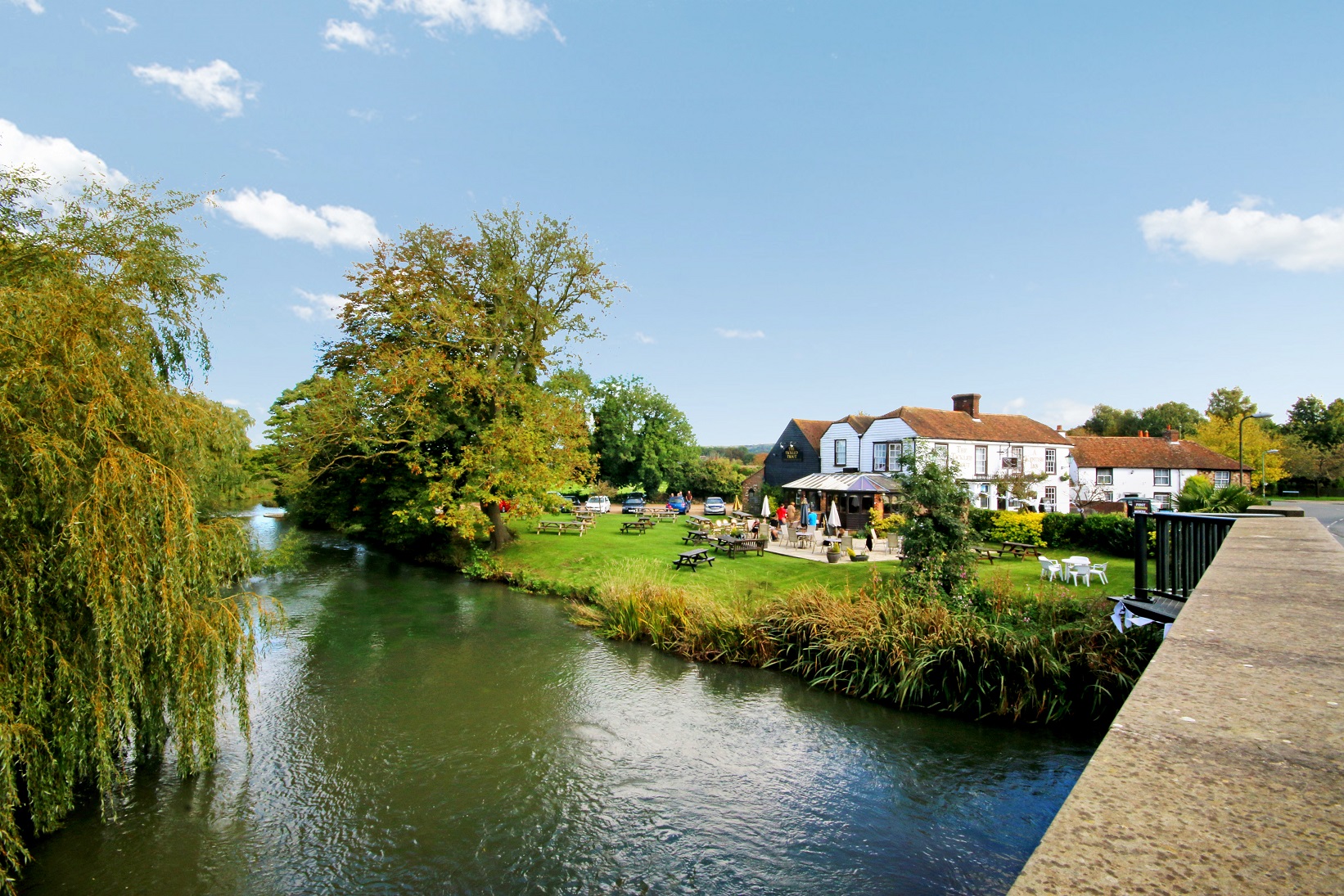
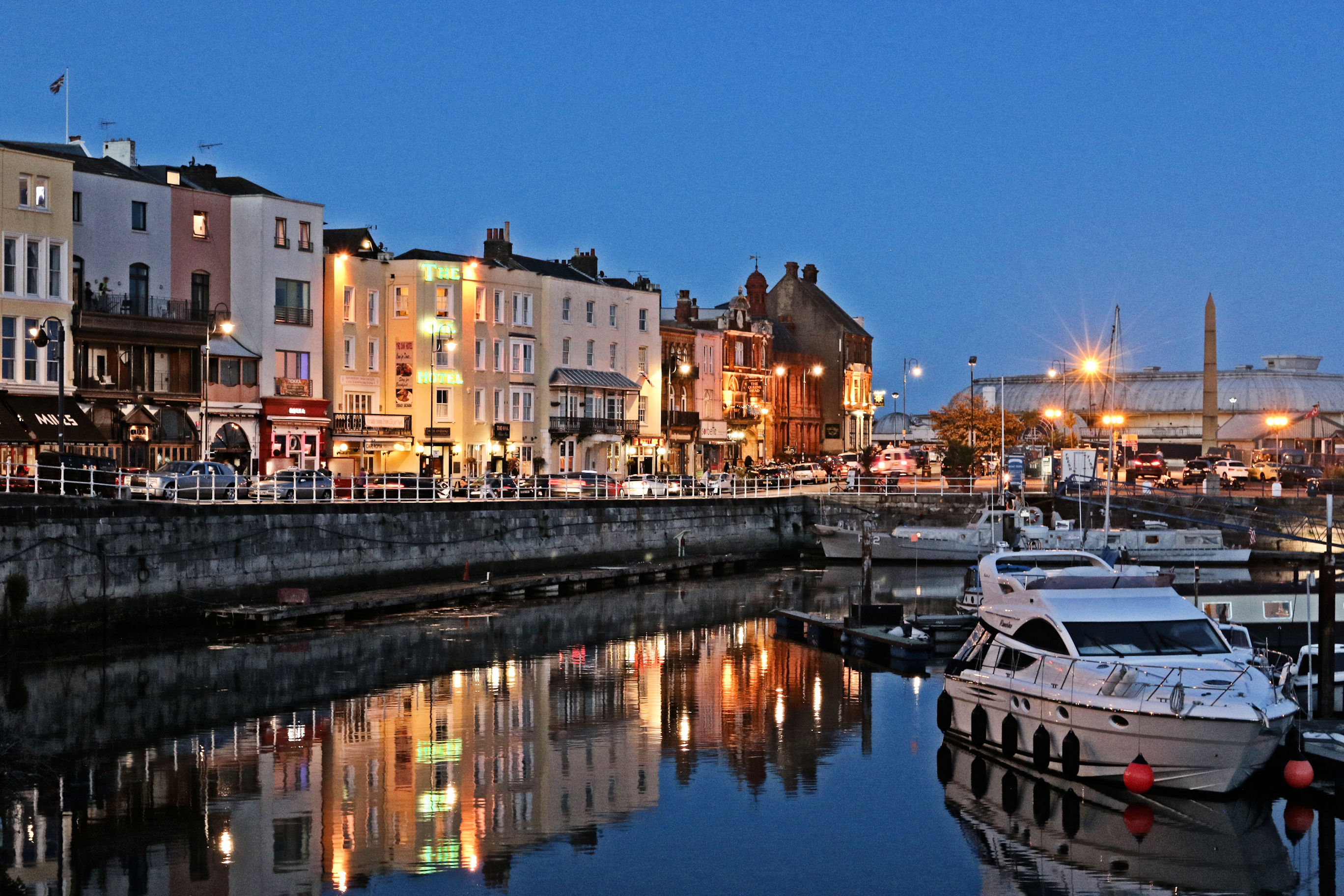
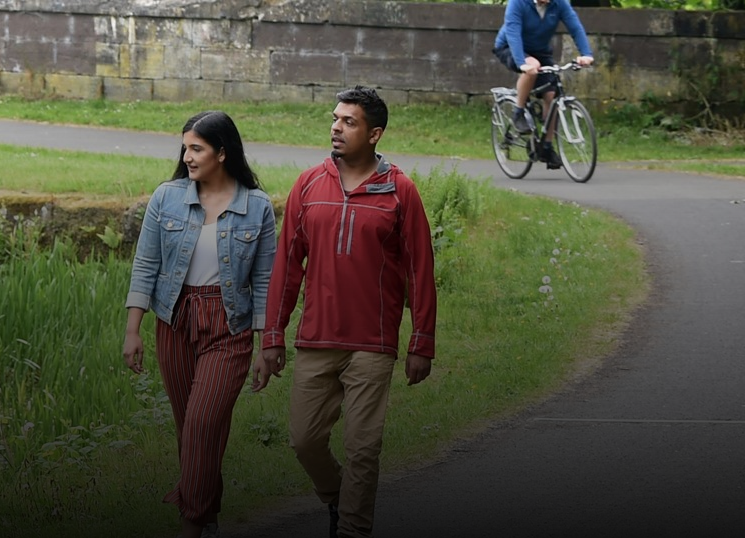




Leave a Reply